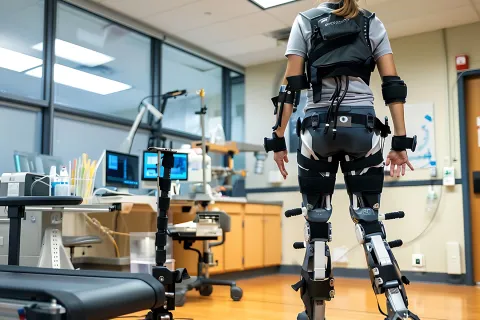
Medical device manufacturers must include required documentation with every product to help consumers understand its use. This documentation, sometimes, can have a few hundred pages, which is daunting for consumers. Quick reference guides are curated to cover all necessary product information, and the consumers may not have to wade through a ton of content to find it.
A quick reference guide provides a set of brief instructions for using a medical device and has its own set of advantages as follows:
- Reduces the training time
- It guides the users to perform the actions in simpler and shorter steps
- Prevents users from having to go through the entire documentation when particular piece of information is needed and it provides the basic use in a shorter version.
- Reduce the need for in-person training and the additional cost of having another employee or expert re-explain processes
- The tutorials are well-written and adequately descriptive to take the user through the necessary steps in no time
Most often, users find it comfortable to rely on illustrations or pictures to understand the use and the method of performing actions on a medical device. Studies say that 90% of the information transmitted to the brain is visual, and having illustrations will help in scenarios where the users are unaware of the equipment jargon.
The Quick reference guides can be very detailed or brief, depending on what is needed. It is a straightforward and informative printed communication that guides healthcare professionals, engineers, patients, and end users. It provides guidance to adhere to processes, compliance guidelines, and safety standards. Here are some key pointers to consider before the formulation of quick reference guides for users:
- It should be curated by taking into account that the users may not have prior knowledge
- Content presented in the user guides should be helpful, up-to-date, and relevant
- It should provide the users with information that is easy to go through
- It should be organized in sections with labels on both sides of the binders
- Table guides should be added at the beginning of the guide for easy navigation for the users
- The content should have simple and clear representations
- Adding headings and subheadings can skim the content and make the information more accessible
- Typical examples and scenarios should be included for a better understanding
- Images, Infographics, and graphs should be incorporated wherever required to enhance visual perception and understandability.
Often the users require some information about the device to quickly perform certain specific tasks on the device. Under such circumstances, the user requires the knowledge to perform the task without having to read the entire manual. It is then the user guides come in handy.
The companies that manufacture consumer products with various components are likely to issue quick guides for consumers. When devices are ordered online, they require assembling or basic technology. These items are invariably provided with guides to help the end users assemble the device and put the device to work. The user experience can be enhanced by incorporating slides with simple text so that users of all reading abilities can comprehend each step needed to complete the process. Adding visual indicators such as icons and colors helps create a user-friendly design.
The guides shall be curated keeping in mind that the end users might be from different levels of qualifications and understanding, which is why the language used should be:
- Descriptive but not patronizing
- Technical language should be avoided. The explanation should be simple and understandable to a layperson
- When terminologies or abbreviations need to be included in the guides, they should be clear and concise
- It is better to have the procedure explained stepwise
- Start the procedure with strong verbs. For example, "Install batteries into the device" or "Insert the strip in the monitoring device"
When updating or installing device software, manufacturers include a quick start guide that helps alert users on the availability of new features and explains their workability. For example, a quick reference guide for a blood pressure monitoring device can tell a user how to use it, or a blood glucose monitoring device quick reference guide can help users how to take a reading of blood glucose levels quickly.
The quick reference guides can support businesses in submitting additional information before new changes. This gives employees more information about the new process or product before the update occurs. Walking through the installation or implementation process themselves, the users understand how the process or product works. It additionally acts as a reference in the event of failure. Rest assured, the guide makes the process much easier for the users.
Reference guide should be curated as if it were an instruction manual for life’s tasks. Whether it is an employee handbook or a training manual, it should provide useful information on the spot. It should clarify any assumptions, answer any pondering questions, and help solve problems that the end user might face while installing or using the device.
To learn more about quick reference guides and their importance in the field of Medical Devices, Consult Freyr.









